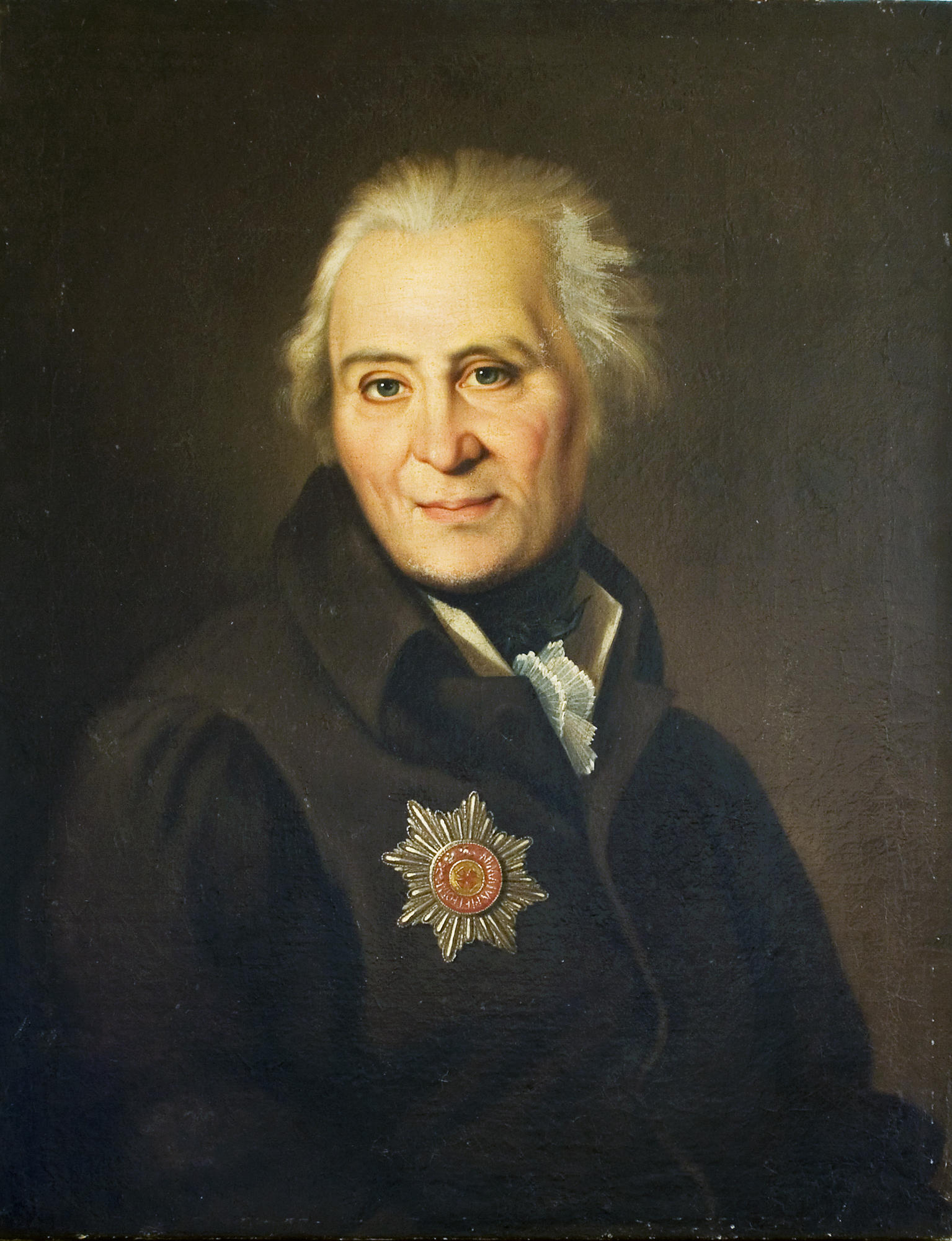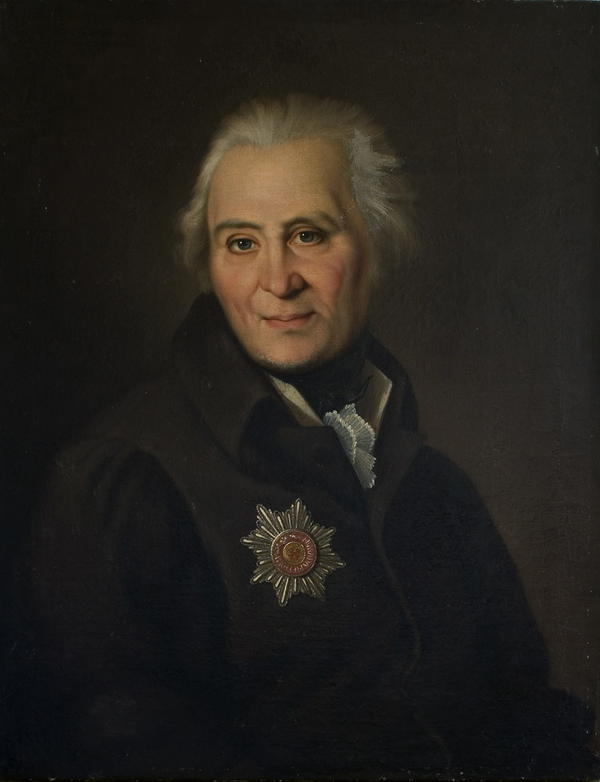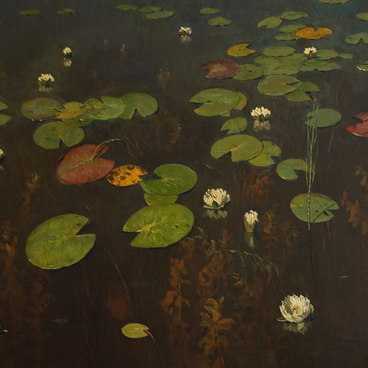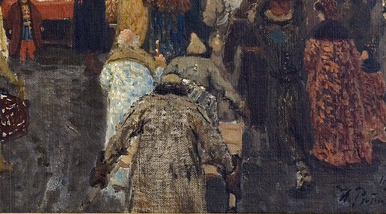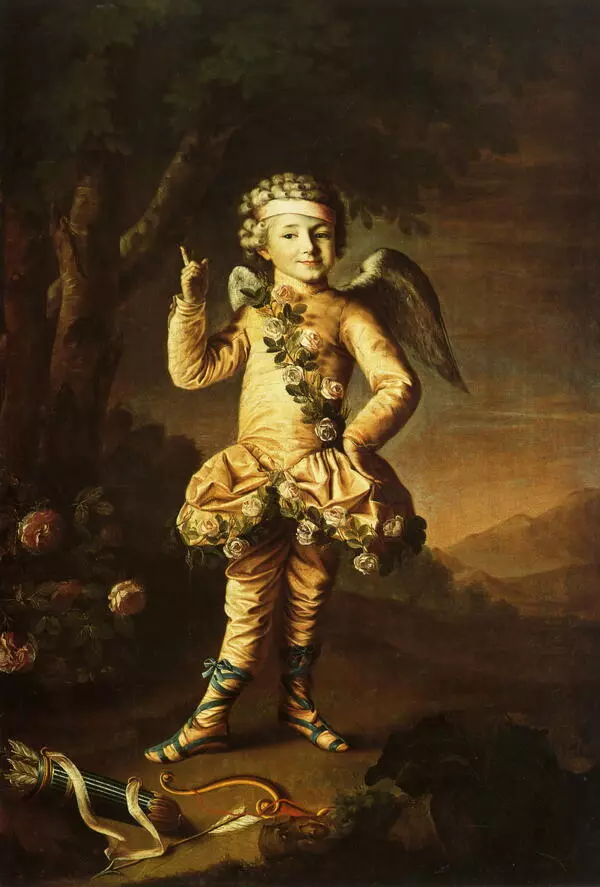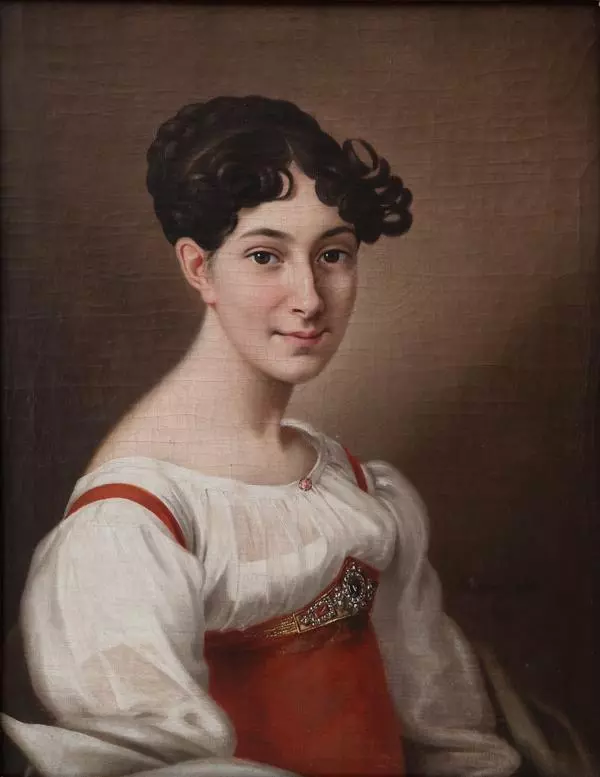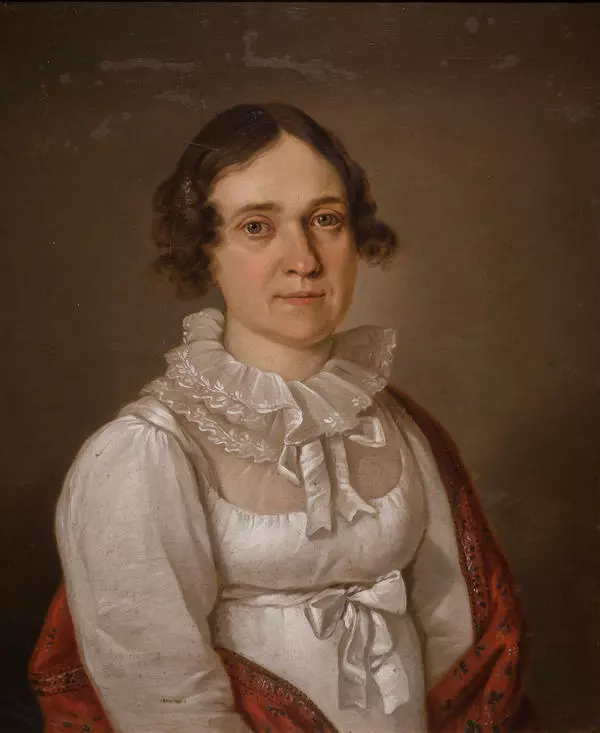The family of Russian artists the Argunovs, serfs of Counts Sheremetev made a great contribution in the development of fine arts in Russia in the 18th — early 19th centuries.
Artist Nikolai Argunov served Count Nikolai Sheremetev, director of Moscow Gentry bank and a well-known patron of arts. Sheremetev freed his serf.
The Astrakhan Art Gallery collection has a portrait painted by Argunov. It depicts Nikolai Bantysh-Kamensky, one of the most famous figures in the Russian science of the XVIII century. Bantysh-Kamensky was among the first students of Moscow State University, served as the tsar’s registrar, manager of the Moscow Archive of the Association for Foreign Affairs. He was also a historian, wrote multiple diplomatic papers and translated into Russian The History of Peter the Great by Voltaire.
Contemporaries highly appreciated the scientific work of Bantysh-Kamensky. He personally selected and systematized many historic documents and files held in the archive. Emperor Alexander I awarded his registrar with the Order of Saint Anna. Nikolai Karamzin later referred many times to the published scientific papers of Bantysh-Kamensky.
During the Patriotic War of 1812 before Napoleon invasion Bantysh-Kamensky was instructed to prepare the Moscow archive for evacuation. Despite his old age and poor health, the scientist packed into 305 chests and boxes the most important files of the archive. On August 23, Bantysh-Kamensky left Moscow together with archive papers. Later he found out that the archive buildings survived but his own house and suburban estate were destroyed.
In 1813, the registrar returned to Moscow. He settled in a wing of the archive building and continued working “to restore failing health and waning life.” The last effort of Bantysh-Kamensky became State Charters and Agreements that the researcher arranged in chronological order, described and prepared for print.
Artist Nikolai Argunov served Count Nikolai Sheremetev, director of Moscow Gentry bank and a well-known patron of arts. Sheremetev freed his serf.
The Astrakhan Art Gallery collection has a portrait painted by Argunov. It depicts Nikolai Bantysh-Kamensky, one of the most famous figures in the Russian science of the XVIII century. Bantysh-Kamensky was among the first students of Moscow State University, served as the tsar’s registrar, manager of the Moscow Archive of the Association for Foreign Affairs. He was also a historian, wrote multiple diplomatic papers and translated into Russian The History of Peter the Great by Voltaire.
Contemporaries highly appreciated the scientific work of Bantysh-Kamensky. He personally selected and systematized many historic documents and files held in the archive. Emperor Alexander I awarded his registrar with the Order of Saint Anna. Nikolai Karamzin later referred many times to the published scientific papers of Bantysh-Kamensky.
During the Patriotic War of 1812 before Napoleon invasion Bantysh-Kamensky was instructed to prepare the Moscow archive for evacuation. Despite his old age and poor health, the scientist packed into 305 chests and boxes the most important files of the archive. On August 23, Bantysh-Kamensky left Moscow together with archive papers. Later he found out that the archive buildings survived but his own house and suburban estate were destroyed.
In 1813, the registrar returned to Moscow. He settled in a wing of the archive building and continued working “to restore failing health and waning life.” The last effort of Bantysh-Kamensky became State Charters and Agreements that the researcher arranged in chronological order, described and prepared for print.
